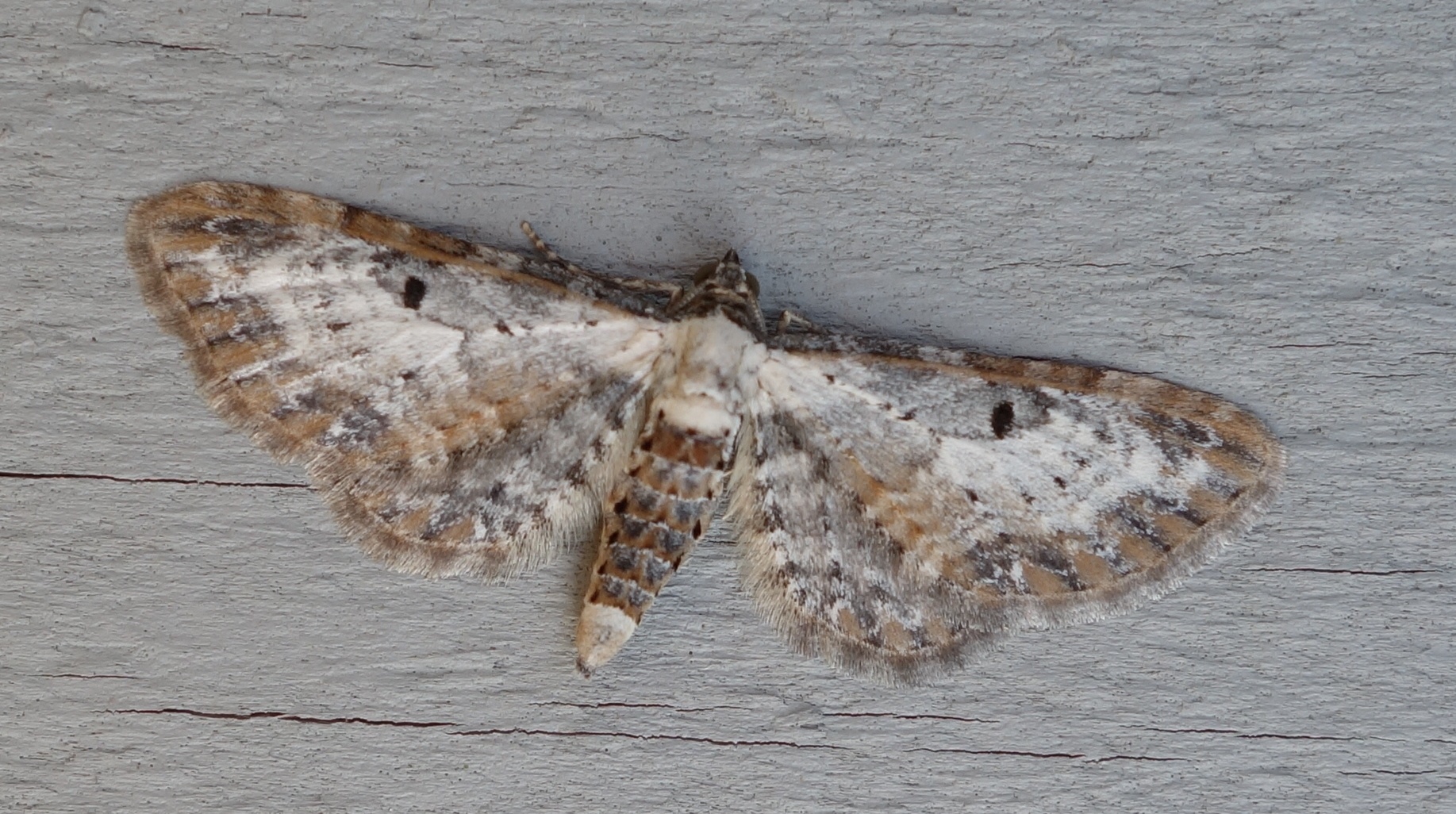Most area moths are small, with wingspans of about an inch. But catching them with a digital camera macro lens gives us an opportunity to see their intricate, beautiful and sometimes bizarre details up close. Little is known about Alaska’s moths, so this area may harbor some biological rarities.
National Moth Week: check out local microfauna

Tags: Local News

